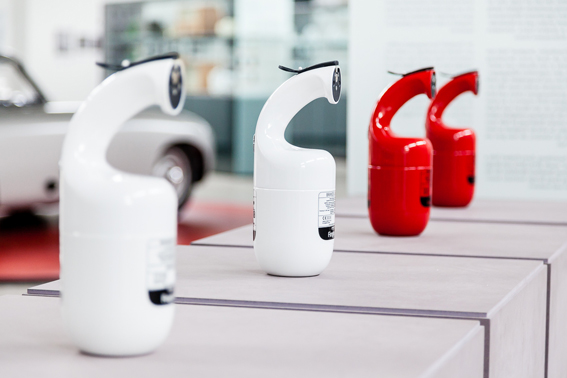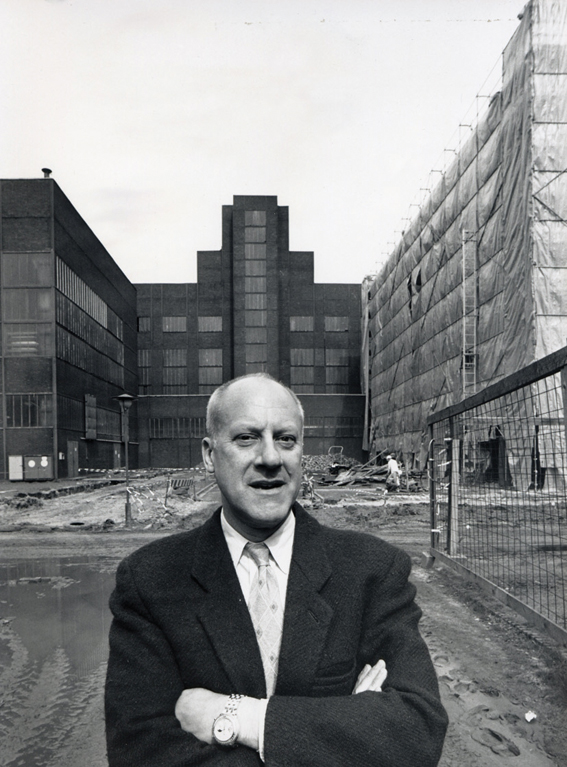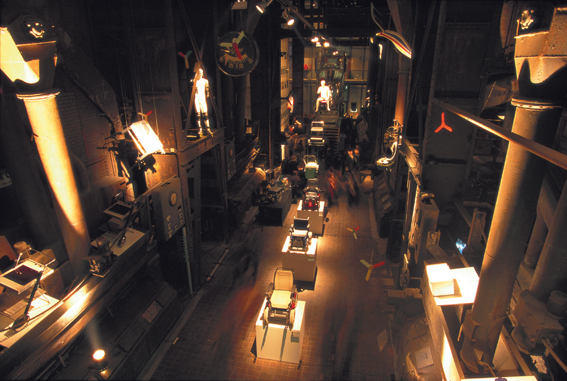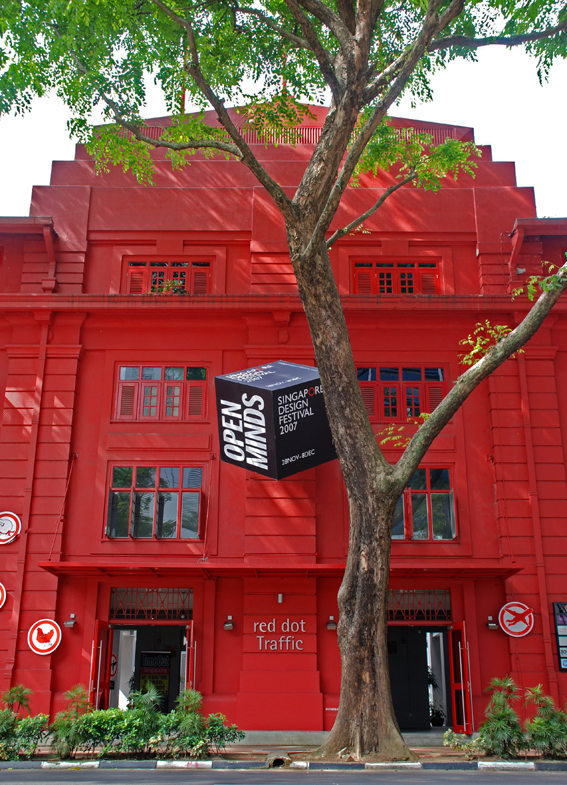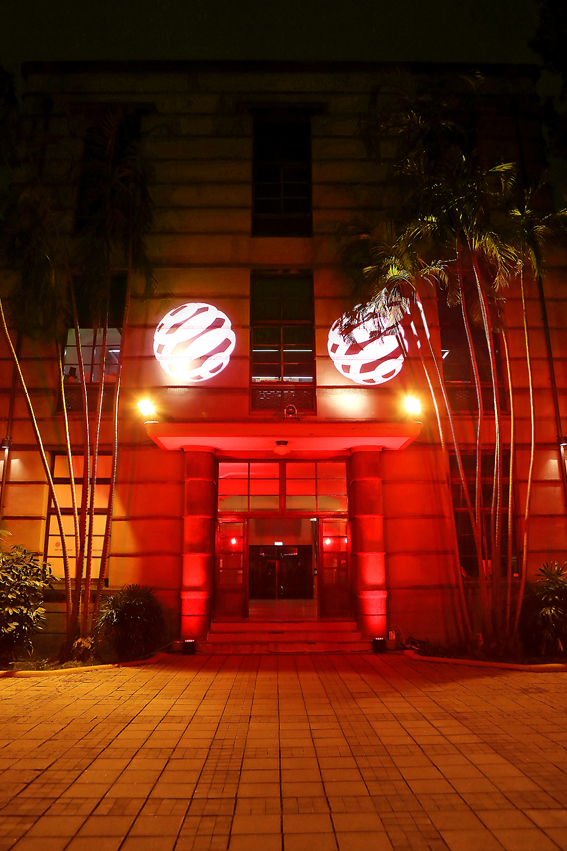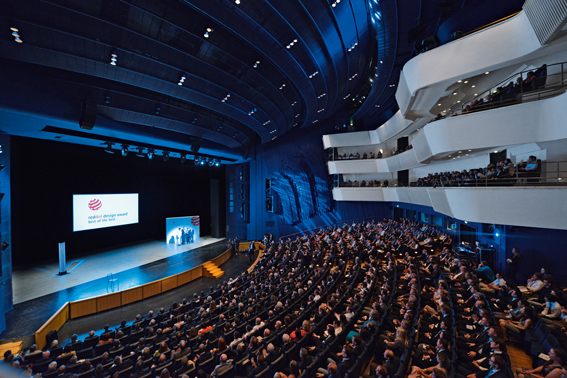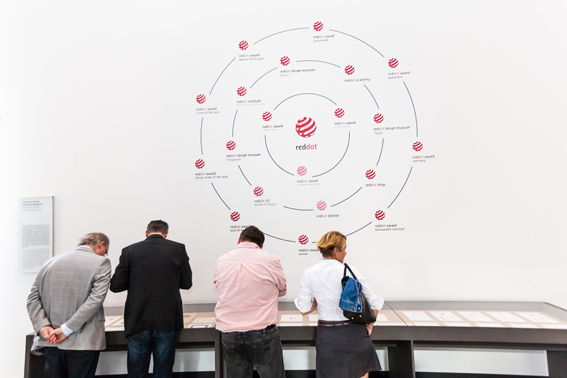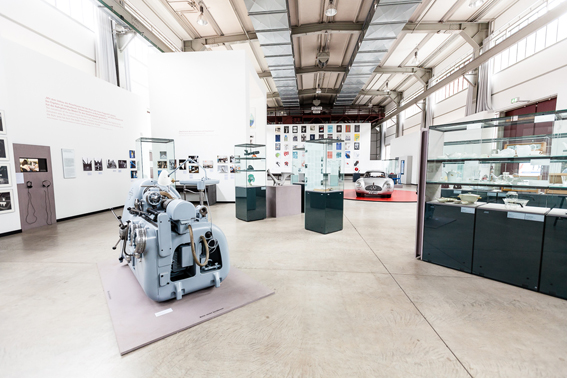“Enduring, not ultimate form”: from “Industrieform” to Red Dot (from 1997)
Still until 23 August 2015, the Red Dot Design Museum and the Ruhr Museum in Essen, Germany, are presenting the exhibition “Enduring, not ultimate form” under the patronage of the President of the German Bundestag, Prof. Dr. Norbert Lammert. It tells “60 years of design history in Essen - from ‘Industrieform’ to Red Dot” in Hall 5 at Zollverein UNESCO World Heritage Site. The center of the exhibition is the development of the Design Zentrum Nordrhein Westfalen which is organising the world’s largest design competition, the internationally accepted Red Dot Award.
The title of the exhibition “Enduring, not ultimate form” is a quote by journalist Clara Menck which stems from the time of the first Industrieform exhibition. It describes design as a permanent task to optimise the environment created by us and thus to secure our existence going forward. In the same way that design has constantly changed and developed further, so too has today’s Design Zentrum Nordrhein Westfalen stayed close to the pulse of time in the past sixty years.
In 1954, its predecessor, the association “Industrieform e. V.”, is founded at the initiative of the industry. From 1955, it presents the “Ständige Schau formschöner Industrieerzeugnisse” (Permanent Show of Elegant Industrial Products) in the “Kleines Haus” (Small House) at Villa Hügel. From 1961 it is on show in the Old Synagogue in Essen city. In 1979, a short circuit leads to a fire that destroys the exhibition and the interior. After moving to the Amerikahaus (1980 - 1988) and the Former city library (1988 - 1997), the boiler house of the Zeche Zollverein Coal Mine Industrial Complex becomes the new home of the design exhibition from 1997.
Boiler house (from 1997)
In 1997, the move to the boiler house of the Zeche Zollverein Coal Mine Industrial Complex marks the beginning of a new era. Built in 1932 in the “Neue Sachlichkeit” (New Objectivity) style and then converted by Norman Foster especially for its new use, the building itself is a design icon with huge appeal. More than 4,000 square metres of presentation space provides scope for the about 2,000 exhibits of the world’s largest exhibition of contemporary design. The contrast between modern products and an historic industrial feel lends the building its unique character. The Red Dot Design Museum becomes a local nucleus for the development of Zollverein as a design location.
Internationalisation and Red Dot Design Museums
At the same time, the internationalisation process progresses successfully. Since 2005, the Red Dot Award: Design Concept is organised in Singapore. The same year, sees the opening of the Red Dot Design Museum Singapore in the former headquarters of the traffic police. The opening of the Red Dot Design Museum Taipei follows in 2013. The museum is located in a former tobacco factory in the middle of Taipei. All of the Red Dot Design Museums are located in historical buildings that were converted to their new use as a museum.
The wording „Red Dot“ and the international orientation trace back to Peter Zec, who focused on global participations and unified the name and the logo for a worldwide usage. In this context, the Peter Schmidt Studios were commissioned in 2000 to give the competition a globally understandable and uniform brand appearance. The “Red Dot” was designed in the form of a globe that symbolises the “Red Dot World”.
Red Dot Design Award
The Red Dot is a sought-after seal of quality for good design. With more than 17,000 entries p.a. from over 70 countries, the Red Dot Design Award is the world’s largest design competition. It breaks down into three disciplines, each of which has its own separate competition: the Red Dot Award: Product Design with its origins dating as far back as 1955, the Red Dot Award: Communication Design, which is in existence since 1993, and the Red Dot Award: Design Concept which is being organised since 2005. Manufacturers and designers from all over the globe enter the products, communication projects, concepts and prototypes to have them assessed and evaluated by an independent jury of international experts.
Projects
Apart from organising the Red Dot Design Award, Design Zentrum Nordrhein Westfalen carries out a wide range of other activities and projects. From 1987 to 2009 it hosts the “Designpreis des Landes Nordrhein-Westfalen” (design award of the State of North Rhine-Westphalia). In cooperation with Koelnmesse it organizes, among others, the “interzum award: intelligent material & design”. In addition, Design Zentrum has been organising the Xiamen Design Business Week in China since 2012. The association has taken part in over 20 EU projects to date, starting with the European design event “Design quo vadis?” in 1992. Ongoing exhibition projects, such as a series of biennial exhibitions in collaboration with the Hong Kong Design Institute, the most recent of which was entitled “Every Product Tells a Story”, or the exhibitions about Tupperware in the 1990s, became hugely popular with visitors.
The complete history “from ‘Industrieform’ to Red Dot” is narrated in the exhibition “Enduring, not ultimate form” until 23 August 2015 in Hall 5 at Zollverein UNESCO World Heritage Site: The exhibition presents current and historical exhibits, reconstructs elements of past presentations, and documents eyewitness accounts alongside posters and photographs from 60 years of design history.
"Enduring, not ultimate form"
60 years of design history in Essen - from "Industrieform" to Red Dot
A joint exhibition of Ruhr Museum and Red Dot Design Museum Essen
Exhibition duration
Until 23 August 2015
Exhibition location
Zollverein UNESCO World Heritage Site
Areal A [Schacht/Shaft XII], Hall 5 [A5]
Gelsenkirchener Straße 181
45309 Essen
Germany
» Further information on the exhibition
» From “Industrieform” to Red Dot (1980 - 1997)
